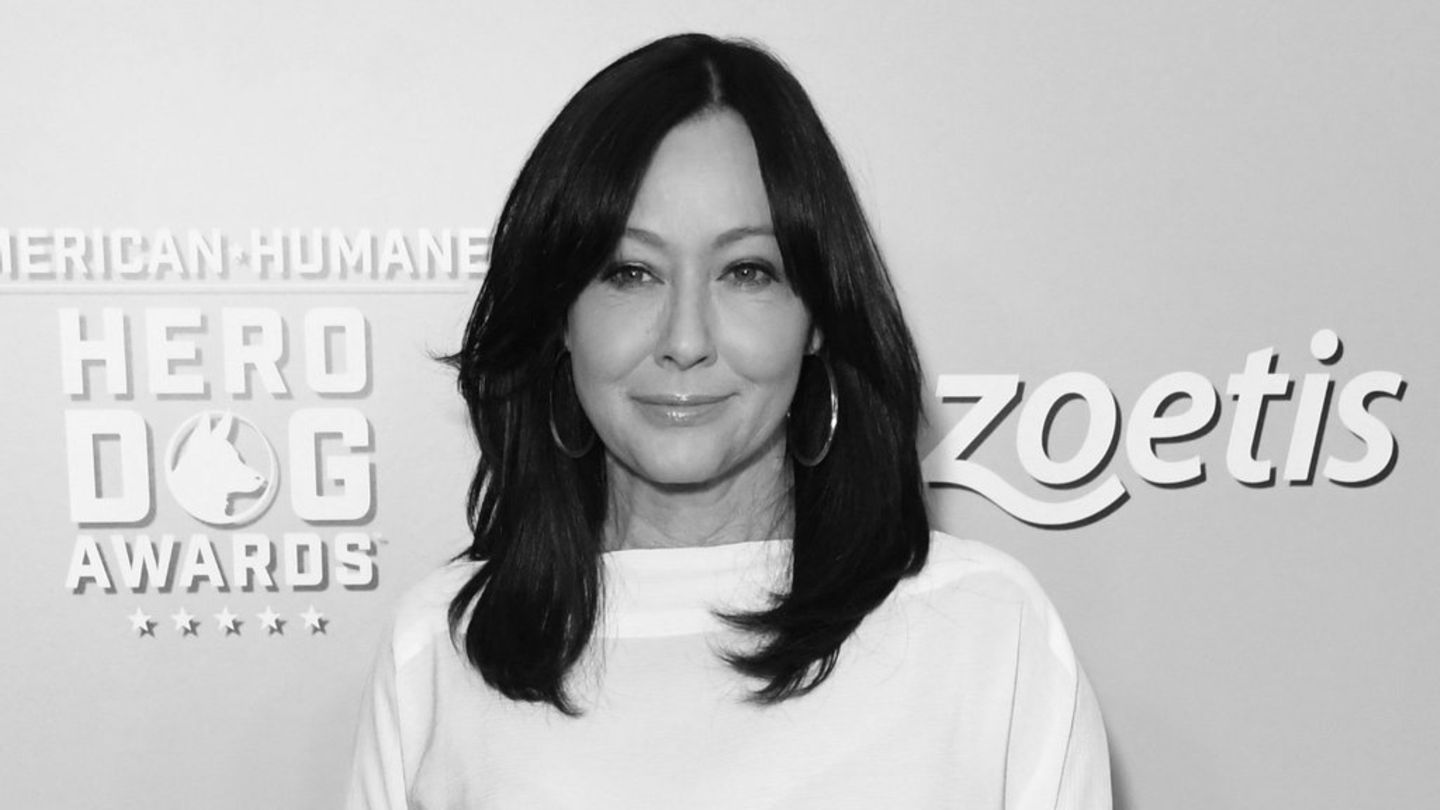In this way, the gap with the wholesale exchange rate, which regulates the Central Bank, dropped to 102.7%.
Argentina reached an agreement with the IMF to restructure the payments of a debt of 44.5 billion dollars, President Alberto Fernández announced on Friday.
“We had an unpayable debt, which left us without a present and a future, and now we have a reasonable agreement that will allow us to grow and meet our obligations through our growth,” Fernandez said in a television message.
The president explained that the agreement will not condition the country’s economic policies and that it will not imply an abrupt cut in public spending. “This agreement does not condition us, we will be able to act exercising our sovereignty and carry out our growth, development and social justice policies”, Fernandez said.
The recent uncertainty about the agreement had caused the dollar to shoot up in the alternative markets (blue hit $223.50 on Thursday), and had hit Argentina’s sovereign bonds-
The parallel dollar comes from registering its highest weekly rise in seven months: $9.50. Thus, the price shows an increase of $7 from its monthly minimum ($206), noted on Monday, January 3.
Let us remember that in December, the parallel dollar advanced 3.2% ($6.50), against monthly inflation of 3.8%, according to INDEC. Likewise, in the accumulated of 2021 it had an increase of 25.3% ($42), half with respect to the inflation of the period (50.9%). However, it is worth remembering that in 2020 it had shown a sharp jump of 111%.
What is the blue dollar?
The value of the blue dollar has a substantial difference with the official dollar, which is acquired in banks and has an established price. Its sale is in the informal market, without regulations or limits, and for this reason it is generally operated at a value greater than the official dollar.
Why is it called the blue dollar?
The origin of the blue dollar as a denomination for the operation of the banknote in the informal market is not clear. But there are theories.
An explanation of its name indicates that it is so called because in English, “blue”, in addition to naming the color blue, refers to something “dark”.
Another theory relates it to purchase operations through bonds or shares of companies known as “blue chips”. They also link it to the approximate color that appears when a fibron is applied to detect counterfeit bills.
Blue dollar price in the month
So far in January, the blue dollar shows a rise of $4.50 after closing 2021 at $208.
Price of the savings or tourist dollar
The savings or solidarity dollar rose 30 cents to $182.62, -without taxes-, according to the average in the main banks of the financial system. In turn, the retail value of the currency in the National Bank -without taxation- climbed 50 cents a $110,25.
More news about the Blue Dollar and the Dollar
Dollar: how far behind is the real exchange rate?
What were the causes of the strong rise in the blue dollar
The dollar and the 2 exchange adjustment alternatives: sharp jump or monthly correction?
In recent months, Argentines preferred the savings dollar over the blue
How much will the dollar rise in 2022, according to the market
Source From: Ambito
David William is a talented author who has made a name for himself in the world of writing. He is a professional author who writes on a wide range of topics, from general interest to opinion news. David is currently working as a writer at 24 hours worlds where he brings his unique perspective and in-depth research to his articles, making them both informative and engaging.




